Implementing Multi-Region Disaster Recovery Using Event-Driven Architecture
AWS Disaster Recovery
JULY 27, 2021
In this blog post, we share a reference architecture that uses a multi-Region active/passive strategy to implement a hot standby strategy for disaster recovery (DR). With the multi-Region active/passive strategy, your workloads operate in primary and secondary Regions with full capacity. This keeps RTO and RPO low.

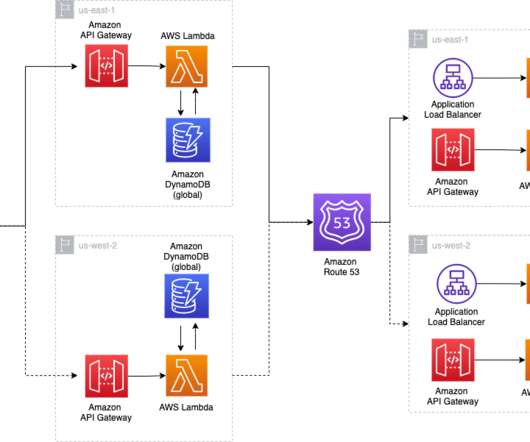
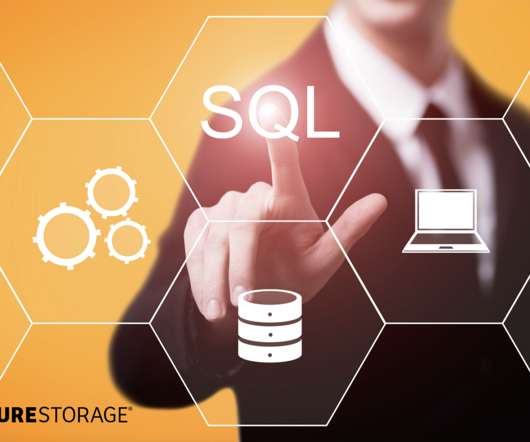
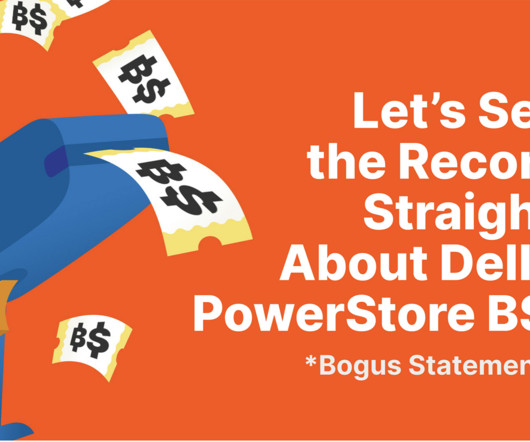

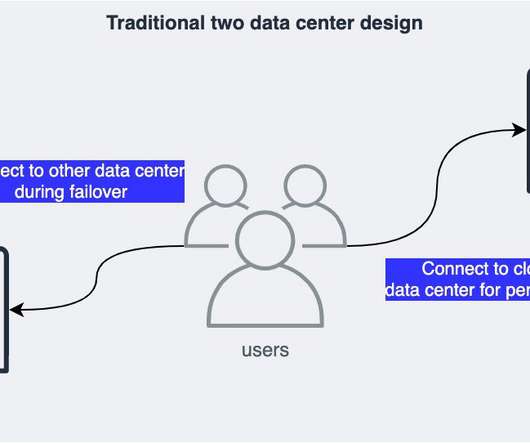
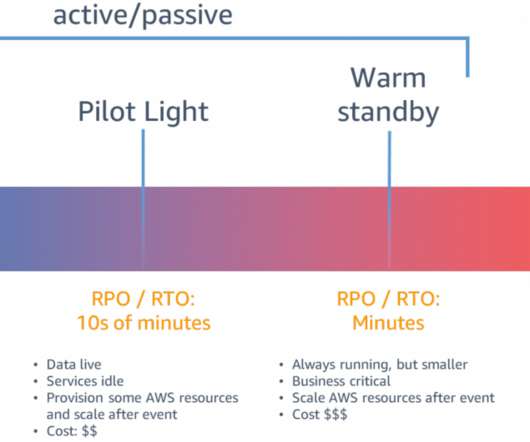
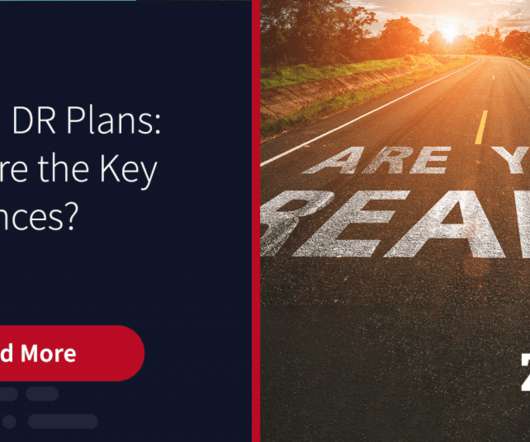

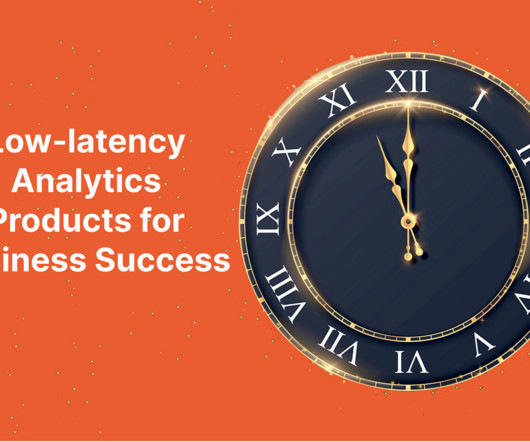
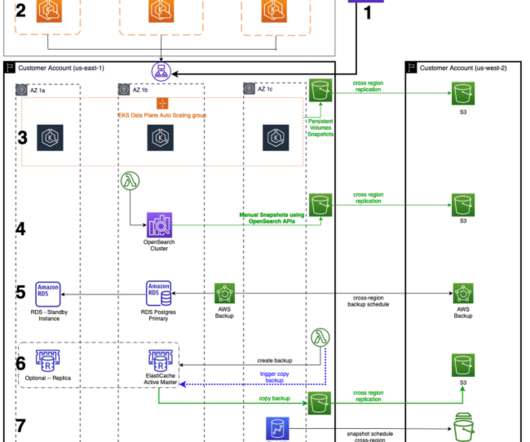







Let's personalize your content